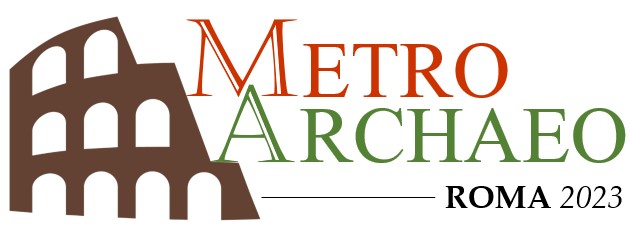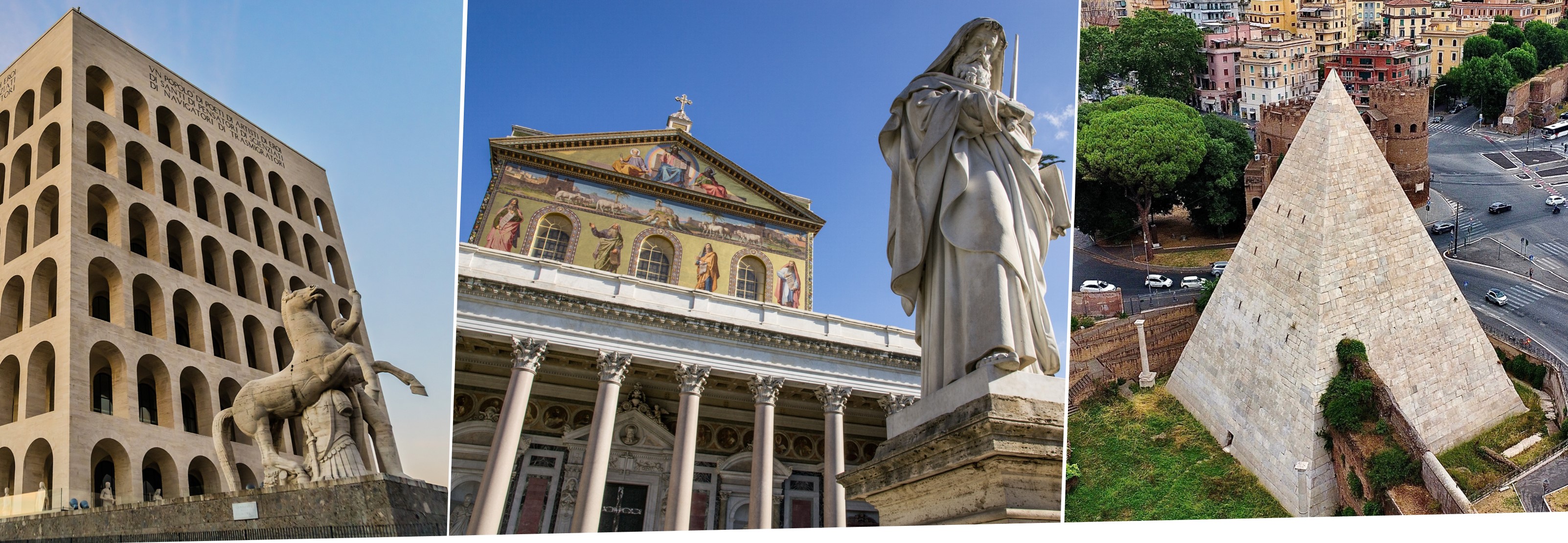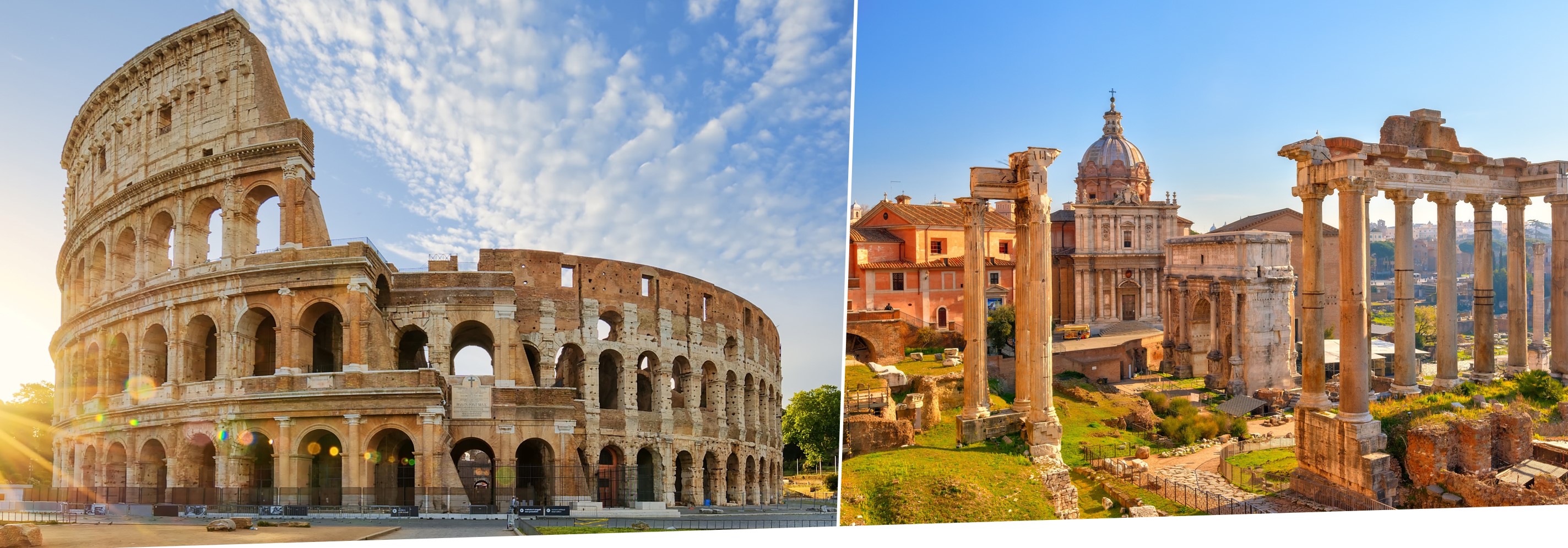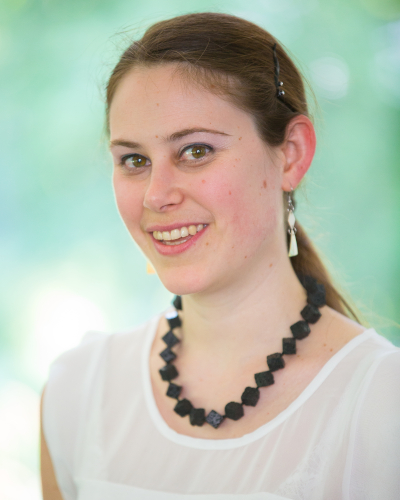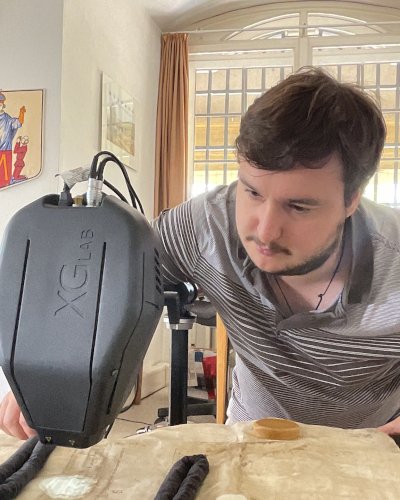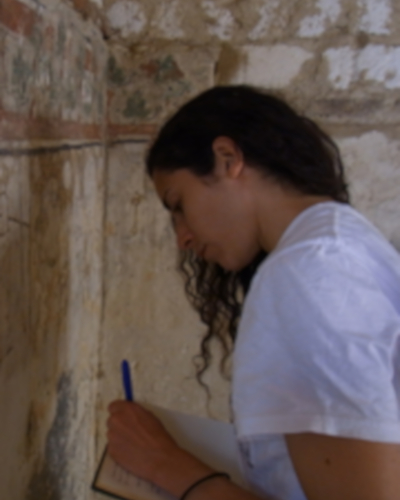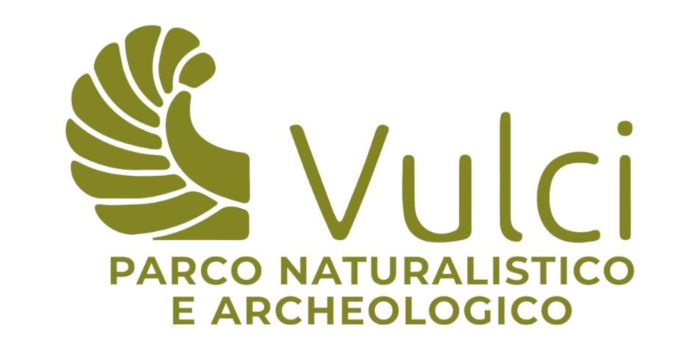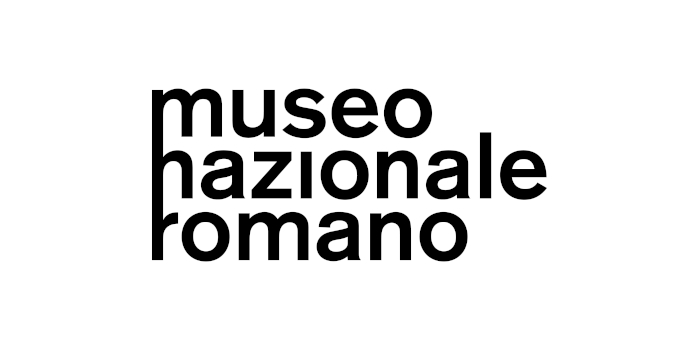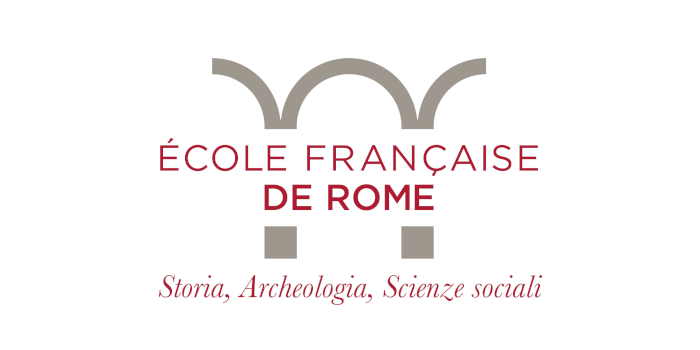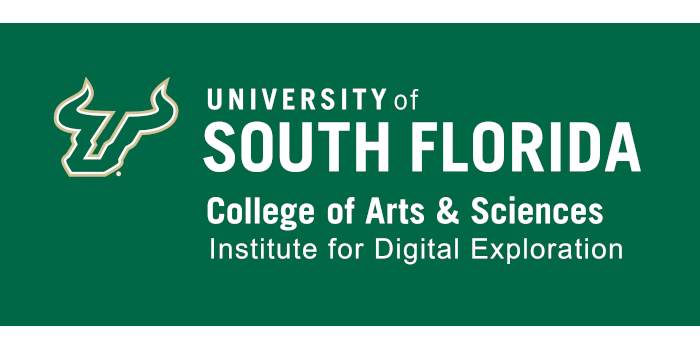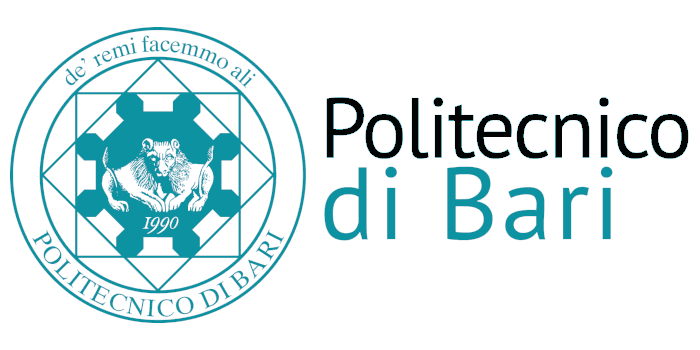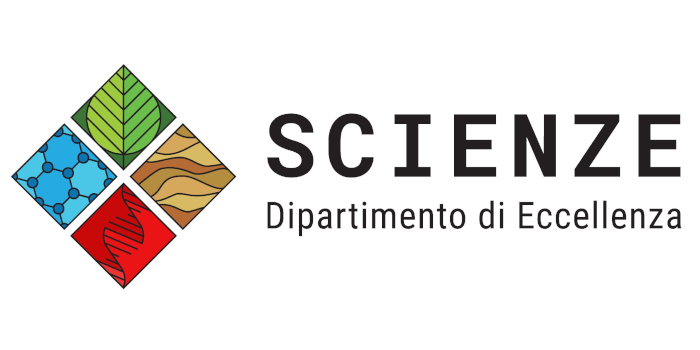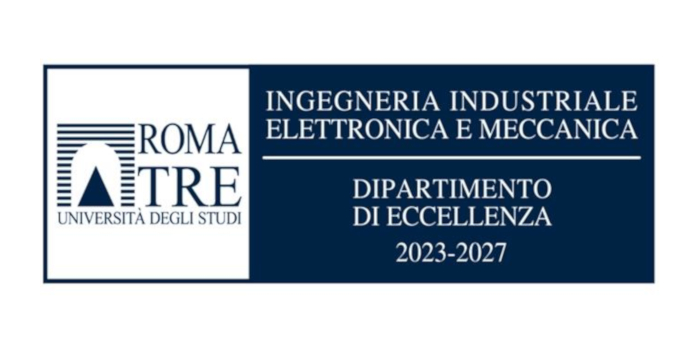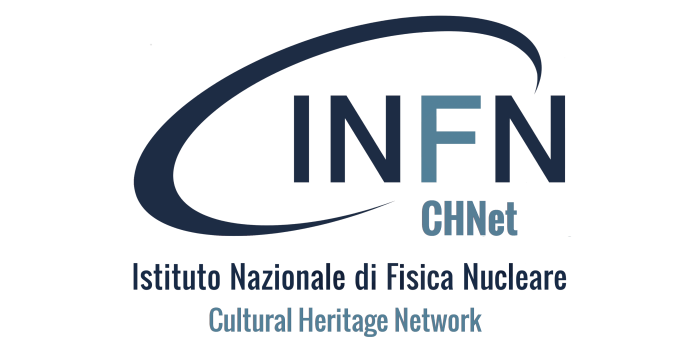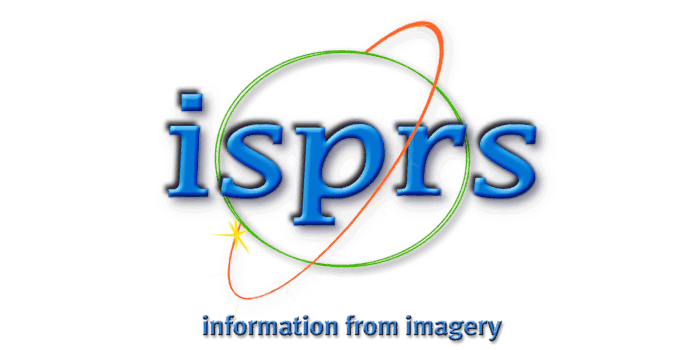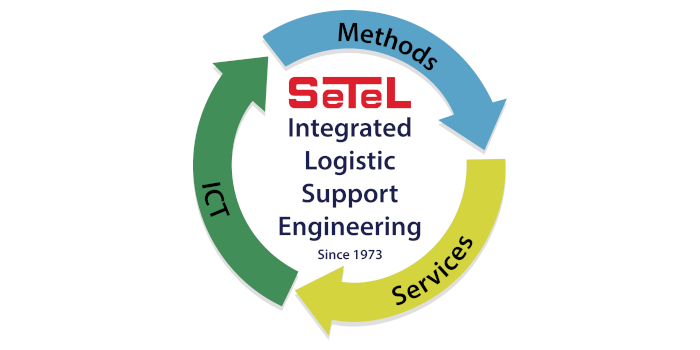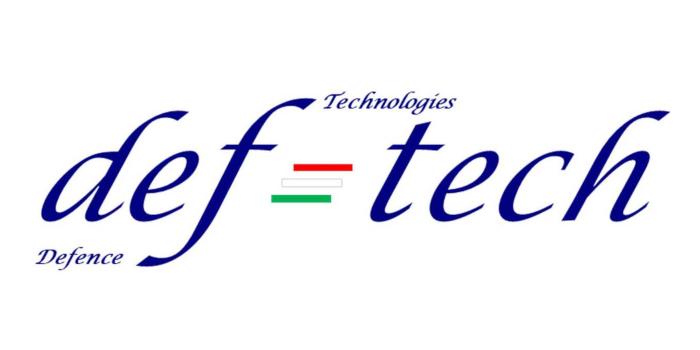SPECIAL SESSION #28
Multi-analytical approaches for the study of written archaeological artefacts
ORGANIZED BY
Claudia Colini
Cluster of Excellence "Understanding Written Artefacts", Centre for the Study of Manuscript Cultures, University of Hamburg, Germany
Olivier Bonnerot
Cluster of Excellence "Understanding Written Artefacts", Centre for the Study of Manuscript Cultures, University of Hamburg, Germany
Leah Mascia
Cluster of Excellence "Understanding Written Artefacts", Centre for the Study of Manuscript Cultures, University of Hamburg, Germany
ABSTRACT
Written artefacts are precious not only because of the text they display, but also as material objects that bear testimony to ancient production processes, trade routes, knowledge transmission, and dissemination. Much information can be retrieved by analysing the materials used as writing support, such as clay, stone, bamboo, palm leaf, papyrus, parchment, textile, and paper, as well as those used to write, such as inks, pigments, and traces left by engraving tools. Furthermore, material analysis can assist in making damaged or erased writing readable, and can also be used for conservation diagnostics. In order to thoroughly examine precious, and often unique, objects such as written artefacts, a multidisciplinary approach is compulsory, and a non-destructive one is advisable.
In this session, we focus on archaeological written artefacts, including all types of writings encountered in archaeological investigations: from inscriptions and paintings on surfaces in natural and built landscapes to manuscripts on organic supports, from clay seals to inscribed and decorated pottery. These findings pose different and extraordinary challenges: from the need to operate first intervention analyses outdoors and/or in areas of difficult access, to the opportunity and ethics of sampling, to the influence of soil and contaminants on the preservation and readability of writings on various supports. The aim is to share experiences, compare results, assess limitations, and find new strategies for applying multi-analytical methods to such a variety of materials and forms.
MAIN TOPICS
Main topics may include, but are not limited to:
- Recovery of lost writing;
- Provenance studies of written artefacts;
- Analysis of writing supports;
- Analysis of inks and pigments;
- Reconstruction of writing processes and practices;
- Dating of written artefacts and authentication issues;
- Sampling strategies and non-invasive approaches;
- Use of digital tools to assist in written artefacts study (from first intervention to laboratory treatments).
ABOUT THE ORGANIZERS
Claudia Colini is a postdoctoral researcher in Archaeometry and a book conservator specialised in Islamic manuscripts and their materials. In 2018 she completed her doctorate at the CSMC, University of Hamburg, Germany, with a thesis entitled: “From recipes to material analysis: the Arabic tradition of black inks and paper coatings (9th to 20th century)”. She is a member of the Cluster of Excellence “Understanding written artefacts”, University of Hamburg, with a research project on the coexistence of different writing supports and inks in manuscript fragments from Egypt in the early centuries of Islam.
Olivier Bonnerot is a postdoctoral researcher in Archaeometry specialised in the history of inks. He studied analytical chemistry at Chimie Paristech before completing his PhD in Mediterranean Archaeology at the University of Cyprus in 2016 on the analysis of materials from Early-Christian Cypriot wall mosaics. He is currently employed at the Cluster of Excellence “Understanding written artefacts”, University of Hamburg, with a research project on the evolution of Greek inks from Hellenistic times to Late Antiquity.
Leah Mascia is a postdoctoral researcher in Egyptology and Coptology at the Cluster of Excellence “Understanding Written Artefacts”, University of Hamburg. In 2022 she completed her PhD in the same institution with a thesis entitled “The Transition from Traditional Cults to the Affirmation of Christian Beliefs in the city of Oxyrhynchus.”
As an archaeologist and epigraphist, she is a member of the Mission of the University of Barcelona working at the archaeological site of Oxyrhynchus (Egypt) and the Mission of the University of Urbino investigating the ancient Cyrene (Libya). She specialised in the study of written artefacts associated with religion, mortuary practices, and magic in Greco-Roman and Late Antique Egypt.
